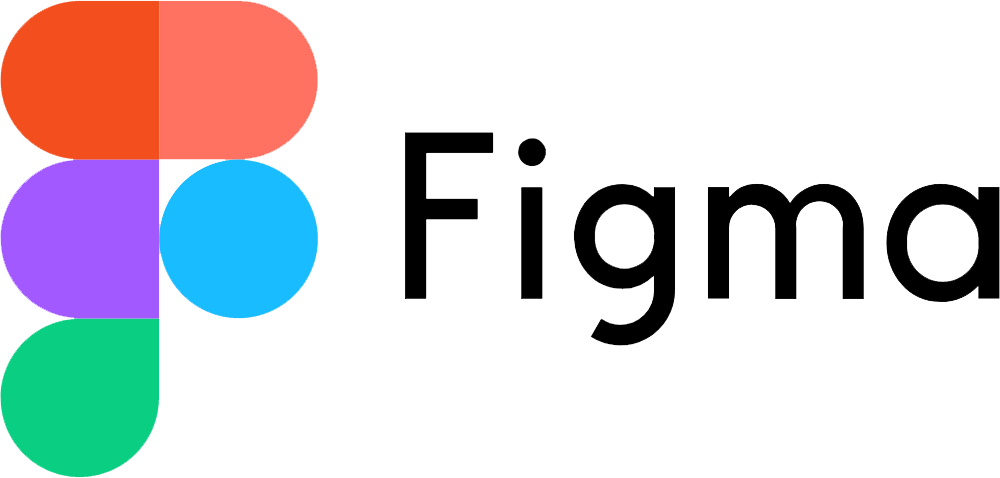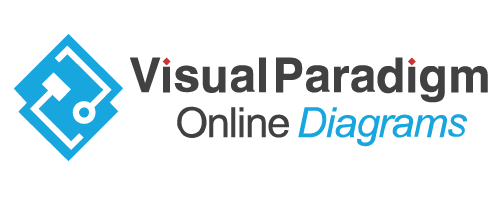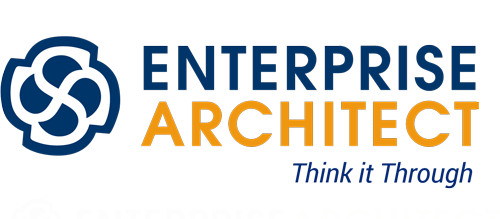As a software architect, the future or current state of architecture and design need to be well-documented to align key stakeholders (developers, architects, security team, business team, product team, etc.). Architecture modeling and related tools provide the efficiency to create different views of architecture based on stakeholders needs and choosing the right tool is an essential ingredient for this purpose. This article outlines the standards and top 10 tools you should know for software architecture and design diagrams creation.
Step 1 – Modeling Language
The first step for a software architect is to align with architecture and design modeling language in the organization. As per industry standards, these are two primary standards to be considered:
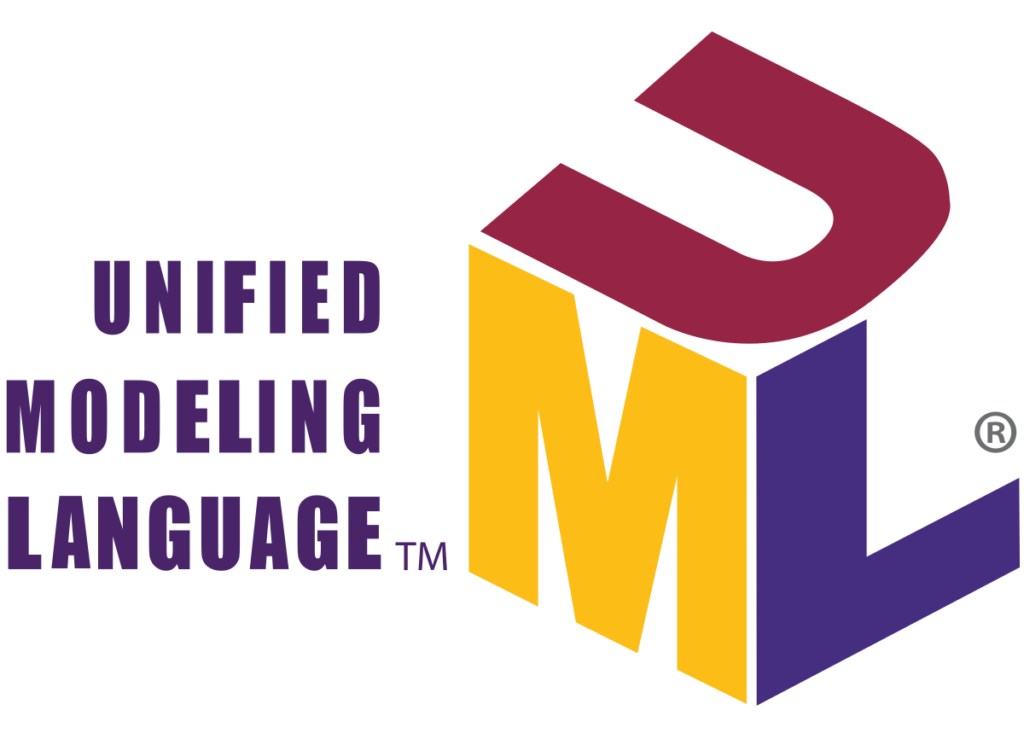
- UML (Unified Modeling Language) is the the universal standard for creating architecture & design artifacts since its inception in 1994-95.
- It was adopted by the International Organization for Standardization (ISO) as an approved ISO standard and ever since been used by architects and designers to document software architecture.
- Broadly you can create Structural, Behavioral or Interaction diagrams using UML.
- Structural Diagrams: Class diagram, Component diagram, Deployment diagram
- Behavioral Diagrams: Use case diagram, Activitiy diagram
- Interaction Diagrams: Sequence diagram, Collaboration diagram, Interaction diagram
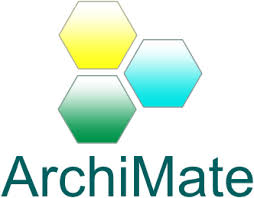
- ArchiMate is an is an open and independent enterprise architecture modeling language created by The Open Group and it uses baseline as IEEE 1471 standard.
- The purpose of ArchiMate is primarily for enterprise modeling and limited its concept for creating business processes, organizational structures, information flows, IT systems, and technical infrastructure.
- It is emerging as a widely accepted standard for senior-level architects to communicate different viewpoints and perspectives of the architecture effectively.
Step 2 – Architecture Modeling Tool
The second step is to choose the right architecture and modeling tool in the context of the organization and the associated program context. There are a variety of choices (no prescriptive choice) and these are the top 10 tools you should know for software architecture and design diagrams (added few more to the list):
To conclude, using these tools and standards to create effective software architecture and design artifacts helps to build efficiency in documenting the software architecture.




